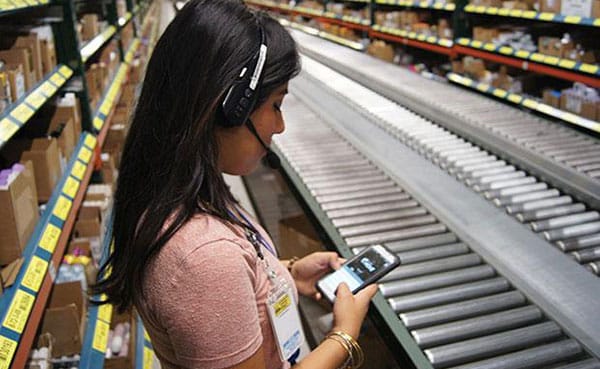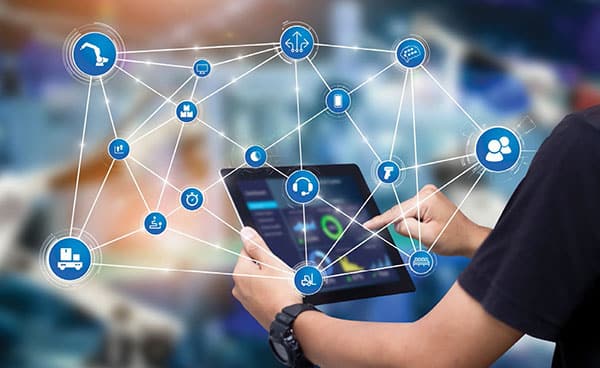Lucas has asked its customers about their efforts to operate DCs safely and to limit the spread of COVID-19 in their facilities. Below we list their best practices.
COVID-19 has upended economic and personal life in ways few of us could have imagined. Most of us at Lucas are able to work from home, and our software services team has continued to operate without change, 24 hours a day, seven days a week. That team has been working proactively to ensure that our customers’ DCs operate without interruption, sometimes in the face of extraordinary spikes in demand for food, medical supplies and other essential products.
In the course of our interactions with customers we have also gathered information about steps companies are taking to combat the virus and ensure workers stay healthy. The sad reality is that there is no perfect system to completely prevent the spread of this virus, whether in the workplace or in our communities. Nevertheless, we have learned a lot about what we can do to limit the spread, even if employees in any workplace test positive for the Coronavirus.
As we enter the next phase in this pandemic and more businesses return to some semblance of normal, we wanted to share some of the best practices our customers are using to keep their workers safe in the DC.
Masks and Face Coverings
Many of us have never thought of wearing a face mask in public to stay healthy. But that has all changed in the last two months. Fortunately, face masks can be worn by DC workers without affecting their work.
DC workers using Lucas mobile applications can wear masks while wearing their headsets. For years, people working in freezers had often worn ski masks while using our applications for voice directed selection. Just to be sure, our quality team recently did some additional testing with a variety of mouth coverings. They confirmed that our speech recognition technology immediately adapts to the change and maintains the high levels of accuracy users expect with our software. Users need to position the microphone boom outside of their mask or face covering roughly two fingers width from the mask. No changes are needed.
Physical Distancing
Grocery, medical supplies and other essential sectors are experiencing booming demand, but increased volumes require more workers to pick, pack and ship orders. This poses a challenge when trying to physically separate workers.
Here are some of the steps Lucas customers are taking to avoid potential crowding and increase physical separation:
- Add shifts. Some companies are reducing the number of employees per shift by adding second and third shifts. This effectively spreads the work out over time and across a warehouse.
- Minimize contact across shifts. One global customer has established a policy in some countries which prohibits interaction and contact between workers on different shifts. There are several ways to manage this:
- Stagger the ending and start time of shifts to ensure workers are not arriving and leaving at the same time.
- Designate separate building exits and entrances.
- Prohibit workers from changing shifts.
- Stagger break times. Enable employees to maintain social distancing in break rooms by staggering break times. (And clean common surfaces between breaks!)
- Separate work areas.
- Separate QC and pack stations (greater than 6 ft between workers) and/or install physical barriers (plexiglass, for example) between stations.
- Restrict the number of people who can work in a given pick area at the same time.
- Some Lucas customers are carving up work areas into smaller sub zones and designating a single picker per zone.
- Limit face to face meetings. If possible, suspend start of shift meetings or break meetings up into smaller groups (or one to one) to permit social distancing.
Cleaning and Disinfecting
Cleanliness has taken on new importance since the pandemic started. Besides washing our hands more frequently, we’ve also learned that doorknobs and light switches are “high touch surfaces” that need to be disinfected. Similar rules apply to the DC.
Lucas has been communicating regularly with our hardware partners to understand how users can safely clean their Lucas certified headsets and mobile devices. Manufacturer guidance has evolved over the past two months, so we have created a web page with the latest cleaning tips for Lucas hardware users.
We also recently recorded a short 15-minute video outlining best steps for DC cleaning, disinfecting and hygiene with an expert in safety and infection prevention at the University of Pittsburgh Medical Center. That video is available here.





